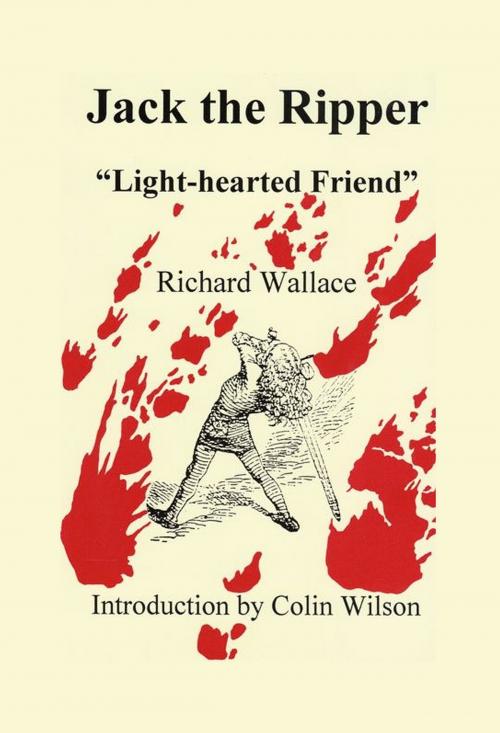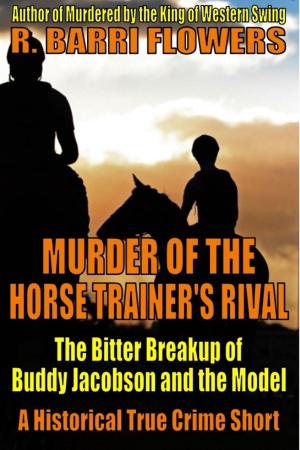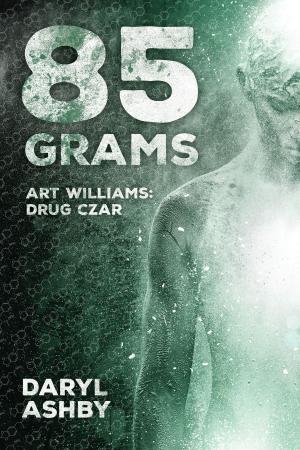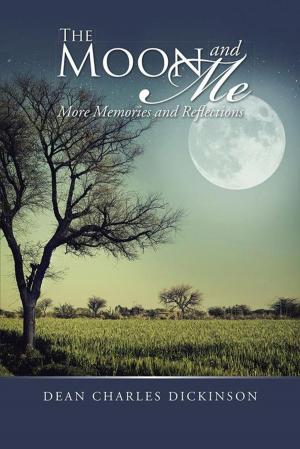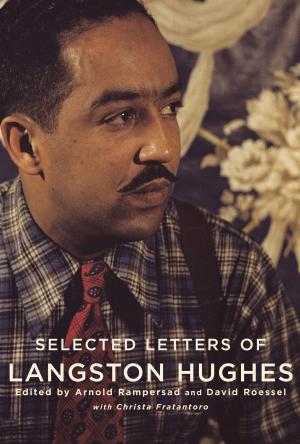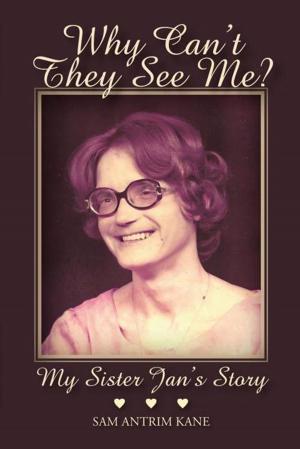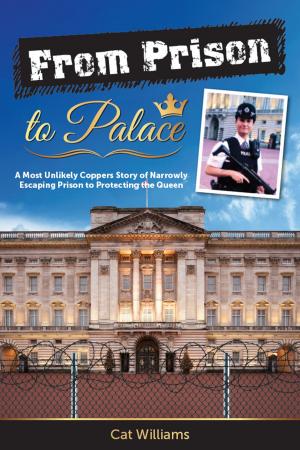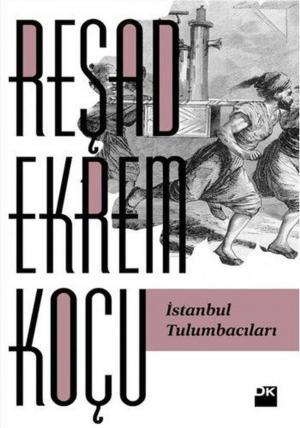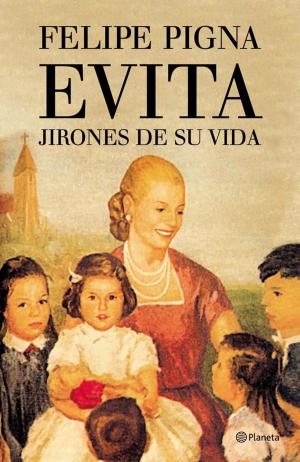Jack the Ripper:
Nonfiction, Social & Cultural Studies, Social Science, Crimes & Criminals, Murder, True Crime, Biography & Memoir| Author: | Richard Wallace | ISBN: | 9781458018267 |
| Publisher: | Richard Wallace | Publication: | February 2, 2011 |
| Imprint: | Smashwords Edition | Language: | English |
| Author: | Richard Wallace |
| ISBN: | 9781458018267 |
| Publisher: | Richard Wallace |
| Publication: | February 2, 2011 |
| Imprint: | Smashwords Edition |
| Language: | English |
The crimes attributed to Jack the Ripper have gone unsolved for over 120 years. No one who has attempted to solve them has succeeded, either due to the passage of time, lack of evidence, inconsistent facts, or faulty analysis. One of the weaknesses of those many works has been the inability to identify a suspect who had the prerequisite rage to commit such crimes.
Jack the Ripper: "Light-hearted Friend" is the unexpected sequel to my first book The Agony of Lewis Carroll, which identified a man betrayed as a child by his parents and the institutions they supported and who spent a life filled with rage as he hid self disclosure and Victorian smut in his children's books. It is the contention of this work that even that deceit did not sate the rage that still burned into his sixth decade of life and that he finally exploded and began a series of increasingly atrocious spree murders under the sobriquet "Jack the Ripper," even identifying himself in his taunting poem to the police "...but I'm your own light-hearted friend."
Introduced by Colin Wilson, considered by many to be the dean of Ripperologists, who praised the research which produced this work and its predecessor, this book methodically describes the crimes using the newspaper accounts of the day, original documents in police files, and the works of writers over the years. It reviews in detail the likely suspect profile as determined by investigators on the scene in 1888 and then presents the detailed case of why Charles Dodgson, aka Lewis Carroll, fit the profile and had the motive, knowledge, capability, and opportunity to commit these murders. Using his literature, especially that published just after the murders – inferior books compared to the Alice works that made him famous, titled Sylvie and Bruno and The Nursery Alice – the author identifies the word games and nonsense that Dodgson continued to use to self disclose and, at this point, not to bury smut, but to hide confessional material. Of course, given the lack of hard evidence, both at the time and 120 years later, it is a circumstantial case, but one which is methodically built.
The stated purpose of the book is to present a suspect, not just "a" suspect, but one, who if he had been found covered with blood standing over a victim with a knife could have identified himself and convinced anyone that he had been helping her. That was the strength of the persona of "Lewis Carroll" he had built.
The crimes attributed to Jack the Ripper have gone unsolved for over 120 years. No one who has attempted to solve them has succeeded, either due to the passage of time, lack of evidence, inconsistent facts, or faulty analysis. One of the weaknesses of those many works has been the inability to identify a suspect who had the prerequisite rage to commit such crimes.
Jack the Ripper: "Light-hearted Friend" is the unexpected sequel to my first book The Agony of Lewis Carroll, which identified a man betrayed as a child by his parents and the institutions they supported and who spent a life filled with rage as he hid self disclosure and Victorian smut in his children's books. It is the contention of this work that even that deceit did not sate the rage that still burned into his sixth decade of life and that he finally exploded and began a series of increasingly atrocious spree murders under the sobriquet "Jack the Ripper," even identifying himself in his taunting poem to the police "...but I'm your own light-hearted friend."
Introduced by Colin Wilson, considered by many to be the dean of Ripperologists, who praised the research which produced this work and its predecessor, this book methodically describes the crimes using the newspaper accounts of the day, original documents in police files, and the works of writers over the years. It reviews in detail the likely suspect profile as determined by investigators on the scene in 1888 and then presents the detailed case of why Charles Dodgson, aka Lewis Carroll, fit the profile and had the motive, knowledge, capability, and opportunity to commit these murders. Using his literature, especially that published just after the murders – inferior books compared to the Alice works that made him famous, titled Sylvie and Bruno and The Nursery Alice – the author identifies the word games and nonsense that Dodgson continued to use to self disclose and, at this point, not to bury smut, but to hide confessional material. Of course, given the lack of hard evidence, both at the time and 120 years later, it is a circumstantial case, but one which is methodically built.
The stated purpose of the book is to present a suspect, not just "a" suspect, but one, who if he had been found covered with blood standing over a victim with a knife could have identified himself and convinced anyone that he had been helping her. That was the strength of the persona of "Lewis Carroll" he had built.
